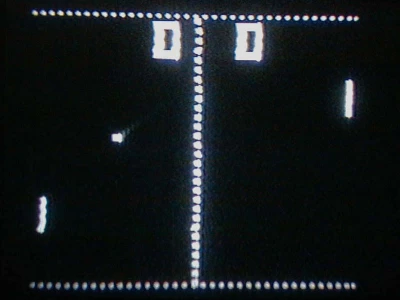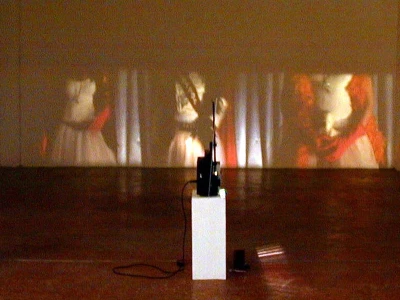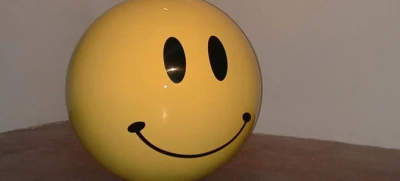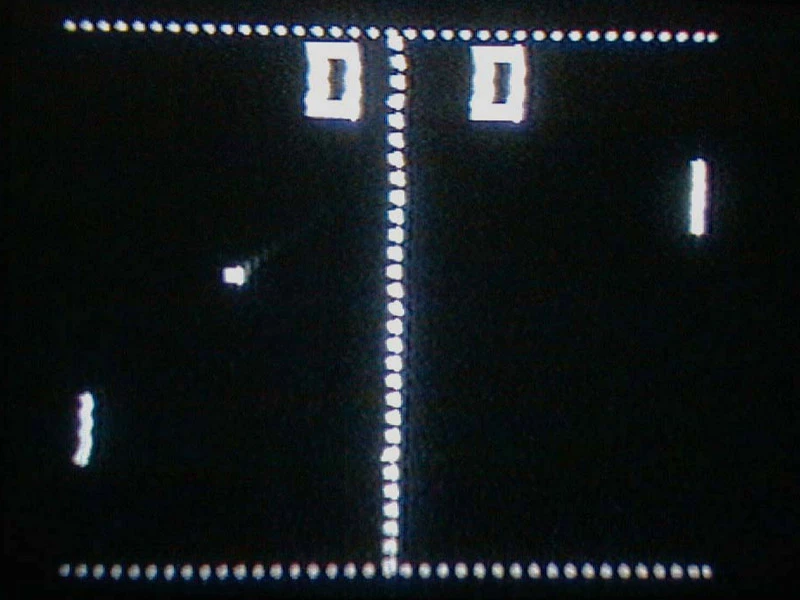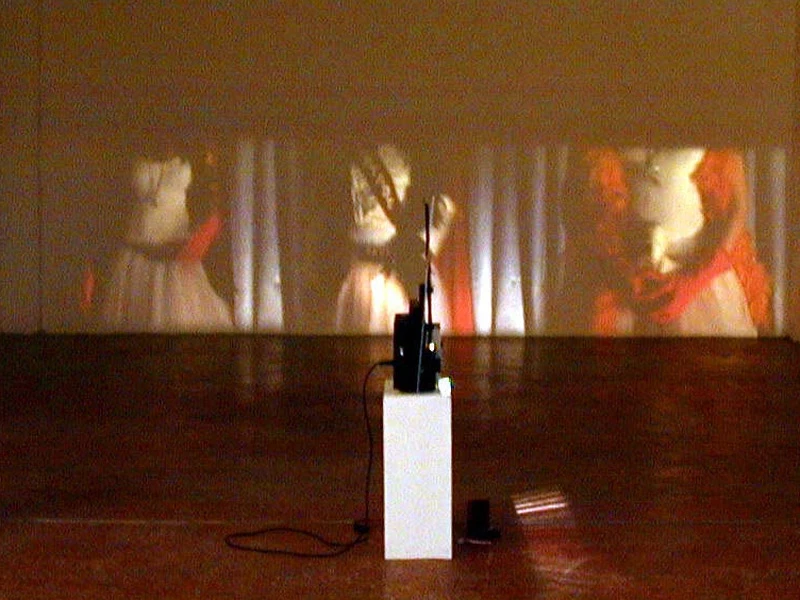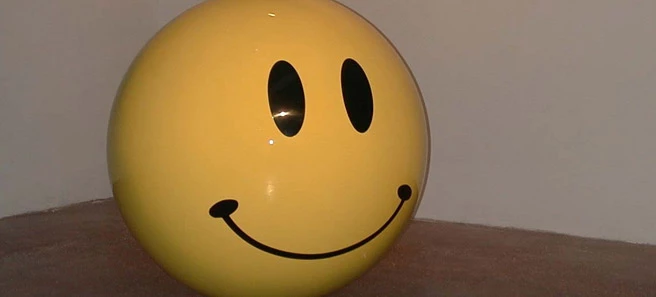Marco Samorè • Molti ricordi sono comuni
Curated by Emanuela De Cecco
28.03.1999 - 18.04.1999
Enter and smile.
The smile—once a small emblem of belonging to the joyful hippie community—has now become stuck to the shared baggage of memory. Italy, England, early travels, magazines, the dream of resembling someone else, the slight discomfort of trying to translate or decontextualize a skin that never fully belonged to us—these are all part of the game. House music, tattoos, Invicta backpacks, mass-market merchandising.
All of this, in the exhibition, becomes sculpture: the ever-identical smile has gained physicality, it has weight, it takes up space.
Many memories are shared – 2
Projectors, Super 8, little films. Familiar words to anyone from the first generation whose childhoods were documented in motion. Before, there were only photographs; then came lightweight video cameras. Those born during the boom years undoubtedly have these keywords stored in their personal archive, alongside an aura of family, countryside afternoons, river outings, carefree moments. Simultaneously points of escape and attraction—nostalgia and the urge to flee.
Samoré’s use of this medium is not innocent: it leads us straight to the heart of the matter. Swift narratives, small stories repeating themselves—a sort of minimalist catwalk where a model, deliberately out of frame, displays objects also taken from the domestic realm—set into motion a microcosm of travel companions. Childhood with water guns, carnival costumes, expressions of an early desire to take part in role-playing, even before the world imposed its own rules. Surreal juxtapositions, contrasts that return to the viewer the chaotic nature of memory.
Many memories are shared – 3
Today, the game has become more serious, and it seems endless. We are inside a match with no winners or losers, a dynamic that unfolds always the same way.
Molti ricordi sono comuni strips away the happy ending and, through this work, introduces a key to interpretation. The exhibition follows a path marked by progressive revelations of consciousness. The colorful surface, the winks toward current fashion, are a decoy. Skin, veil, lie—also the title of an earlier work by Samoré.
Hal Foster, writing recently about Andy Warhol’s work, sees in the repetition of the image the only possible route through which the artist can engage with the pain of a missed encounter with reality. He cites Lacan, and his idea of reality as an inevitable trauma, the necessary presence of pain. In analyzing the radiant icons of the pop art symbol, he proposes a reading that bypasses both those who saw Warhol as a witness (even socially engaged) of consumer civilization and those—especially in the 1980s—who relegated him to the role of a hollow bard of simulacra in the image-saturated age.
To speak of the world, one must escape realism—freeze the icons, or repeat them. Marco Samoré engages with shared signs in a double sense: referring both to immediacy and to collective memory. The video in the isolated room revives recent archaeology and stages a repeated gesture—identical, gently hypnotic, forever.
If there is a pop matrix in Marco Samoré’s work, it must be sought in this dimension: deep layers, children’s games painfully grown-up. The artist works in the gap that separates him from the desire to become something else—or to have been something else. It’s a subtle game, a chess match—not a battle.
Emanuela De Cecco, March 1998
